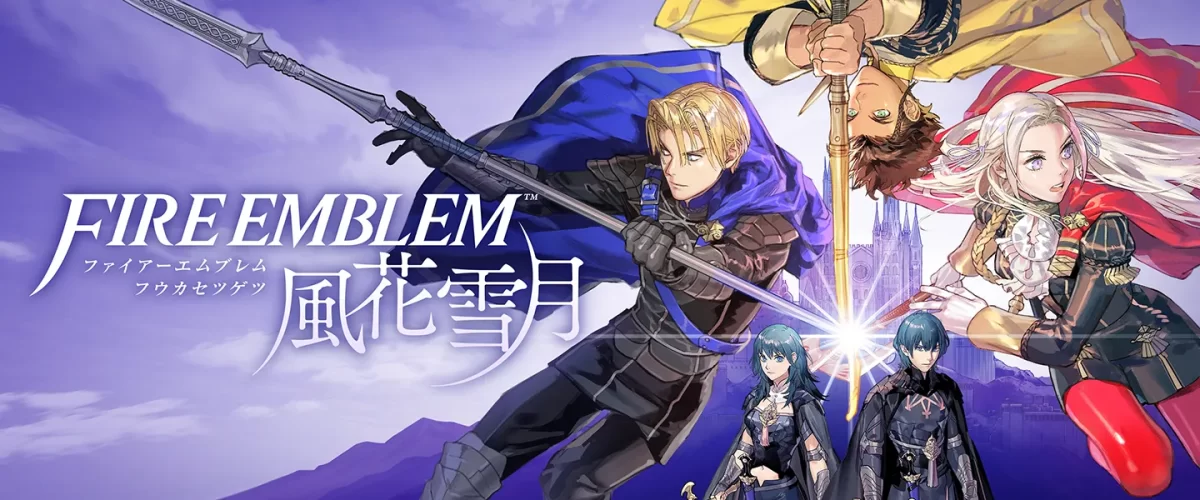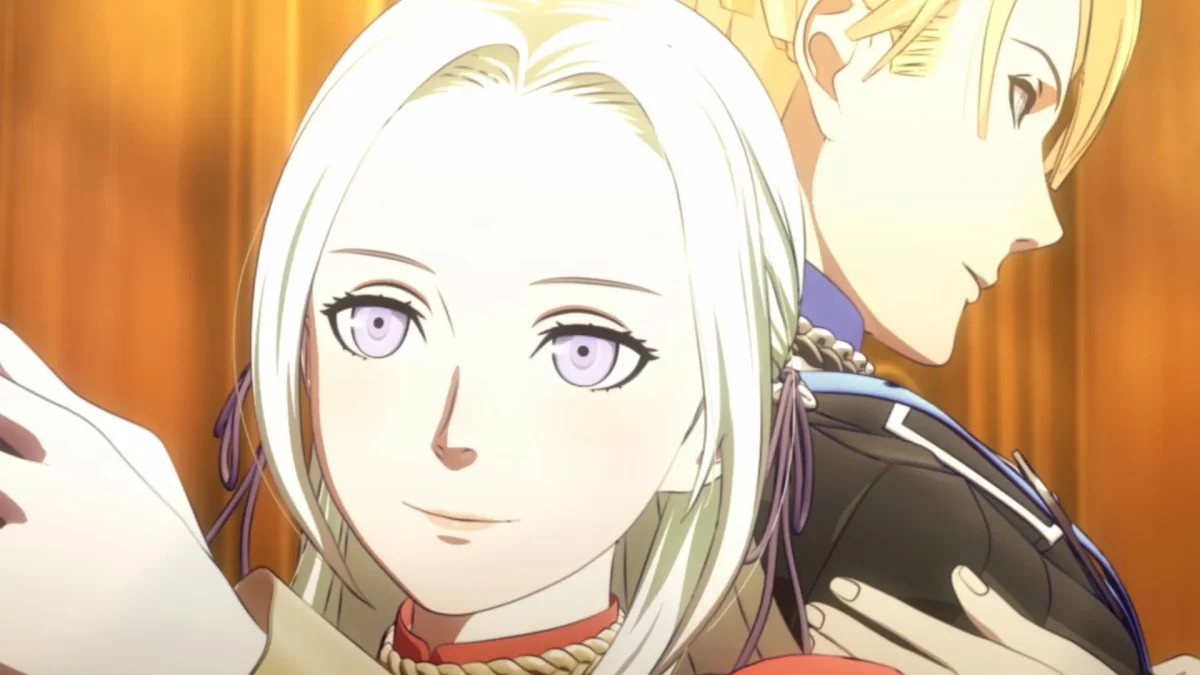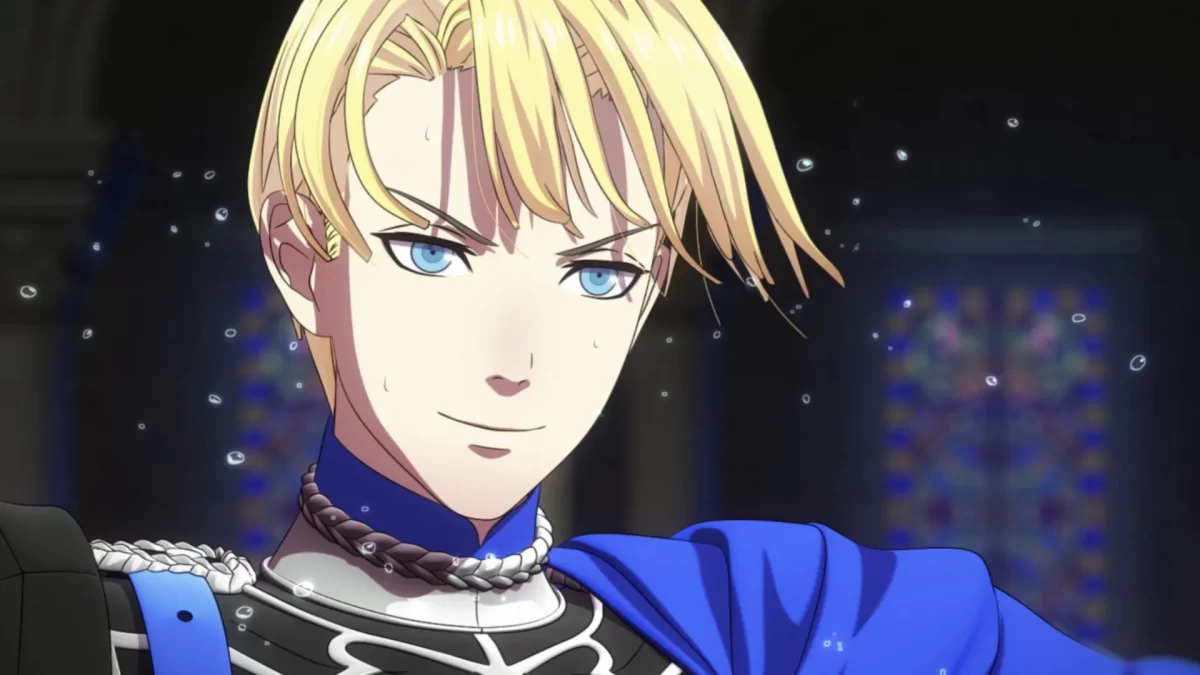Fire Emblem is a series of tactical role playing games, all developed by Intelligent Systems and published by Nintendo. It saw its first release way back in 1990 in Japan on the Famicom, but I wouldn’t hold it against you if you didn’t realize the series has been around for over 20 years. Most people’s first introduction into the world of Fire Emblem came back in 2002 when what were, at the time, the relatively unknown characters of Marth and Roy became playable characters in Super Smash Bros. Melee. Even then Fire Emblem would remain a niche franchise for all but the most hardcore players for another 10 years, until the release of Fire Emblem: Awakening in 2012 on the Nintendo 3DS.
Starting with that game, the franchise has skewed ever so slightly toward a casual audience by introducing a casual mode as well as hub locations for players to rest between stages and a relationship system for them to better bond with their party members. Since 2012, Intelligent Systems has continued to refine these systems, and—after a slightly lacking follow-up in the form of Fire Emblem: Fates—it has released its newest title, Fire Emblem: Three Houses, for the Nintendo Switch.

Throughout its history, Fire Emblem has maintained a fairly simple story formula for its games: some kind of world-conquering threat emerges (usually a mad king or a dragon), and it is up to a ragtag team of colorfully dressed and uniquely hairstyled teens and 20-somethings to form a resistance and stop it. Usually some kind of revelation or prophecy is discovered about the main character, allowing them to wield an all-powerful weapon and turn the tide of the war. While these plots are never the most original, Three Houses manages to retread the familiar ground in a new way by framing the conflict around a monastery, divided up into the titular three houses, and introducing you to your cast of heroes as your new students.
The monastery acts as your central hub, and it is where you will spend the bulk of your time while not engaged in combat. The idea of a hub world where you can rest and restock your army is one introduced back in Awakening and acts as a way to slightly dull the edge of Fire Emblem’s less-than-forgiving difficulty. In earlier titles you simply went from battle to battle, leaving no time to replace damaged weapons, and were left to survive off the scraps of defeated enemies or the random appearance of a shop midfight. In Awakening, the hub world was merely a system of menus you could navigate that acted as you roaming around your camp, speaking to party members and shopkeepers. In Three Houses, the monastery is a fully realized map that you explore, complete with a minimap that displays the locations of all the faculty and staff for you to interact with.

Interacting with students and faculty in the monastery can have a number of benefits for both you and them. You can attempt to coerce them into joining your house, thus letting them become a playable character for you from then on. You can give them lost items and gifts that you find, building your relationship with them to be both a more valuable ally on the battlefield and a possible relationship option. You can also use their weapon knowledge to increase your skills in those categories. There are also other activities in the monastery that you can take part in that help build these relationships, like choir practice and lunch dates, as well as those to just help to build your stockpile of resources, like fishing and combat practice.
This between-battle downtime seems to be the most decisive point of contention for Fire Emblem fans. On the one hand, there are those who enjoyed the old-school games more and don’t care about relationship building or find the concept of readily available weapons and items to be too easy. On the other, there are those whose introduction to the franchise was Awakening and who enjoy the more laid-back approach that Casual Mode and hub worlds allow, as well as the relationship building being a major selling point in their enjoyment of the franchise. I have been playing Fire Emblem since the Game Boy Advance days, and I personally welcome any change that makes the franchise more appealing to a wider audience.

Speaking of characters, out of the three titles released in the post-Awakening era of Fire Emblem, I would honestly say Three Houses seems to have the weakest supporting cast. Maybe Awakening set the bar too high; maybe, since it was the game that introduced the concept of relationships to the franchise, it felt it had to have an especially diverse and memorable cast for players to want to build those relationships with. Fates went the Pokémon route and released two games, Birthright and Conquest, at the same time, so naturally the creators had to fill them both with a wide variety of characters to make each game feel unique. Granted, these two (technically three) games have been out for a few years, but it feels like their characters have already made a mark on the wider franchise and have spin-off appeal, either in Smash Bros. or the Fire Emblem mobile game, Heroes. Meanwhile, Three Houses doesn’t have any characters that immediately jump out to me as a standout character in the same way Tharja or Ryoma or Camilla did.
Even though Three Houses has the same battle system and rule set as the other games in the series, some of those rules have been toned down slightly from previous releases—notably the weapon triangle. In games past, a lance wielder would be completely at the mercy of someone equipped with an axe, but in Three Houses this is not nearly as major a disadvantage as it used to be. Certain weapons may do slightly less damage against some enemies than they used to, but you will not be as severely penalized as you were in previous games for bringing a Warrior to a Swordmaster party. That being said, some type advantages are still as deadly as ever, such as flyers being weak to bows and armored enemies being susceptible to magic attacks.

Fire Emblem: Three Houses is the first Fire Emblem game released for a home console since Radiant Dawn for the Wii back in 2007, and Nintendo certainly made every effort to make it worthy of the Switch. While some other Nintendo titles (Pokémon Sword and Shield) have received criticism for looking like DS games that have been upscaled to the Switch, Three Houses looks like it was designed for the Switch from the get-go. The game is fully voice acted and contains many fully animated cut scenes, not to mention the detail that is included no matter where you look. Gone are the days of sprites, replaced with full 3D models of all the characters regardless of their class or currently equipped weapon. Nintendo has finally given a formerly overlooked and niche franchise its full and undecided attention, and it shows in the polish and charm seeping out of every crack. Whether you are a Fire Emblem veteran or a novice looking to dip your toes into the tactical role-playing action, Three Houses is the perfect next step and another must own for your Nintendo Switch.
Fire Emblem: Three Houses was released on July 26, 2019, exclusively for the Switch.
*Originally posted on Twin Cities Geek on September 6th 2019*
